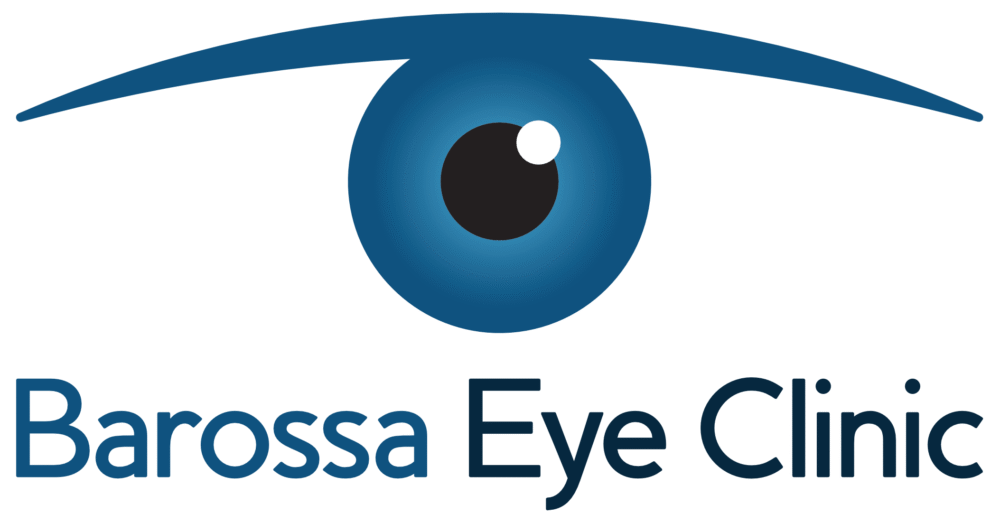Also known as: Age-Related Macular Degeneration (AMD)
Macular degeneration is a progressive, age-related condition that impairs central vision. It occurs in two primary forms:
• Dry AMD: Characterised by the accumulation of yellow protein deposits (drusen) beneath the macula.
• Wet AMD: Involves the growth of abnormal blood vessels that leak fluid or blood, leading to visual distortion and blurring.
The macula, situated at the centre of the retina, is essential for converting light into detailed visual information. Both forms of AMD compromise this function, potentially affecting tasks such as reading, driving, and recognising faces.
Macular Degeneration Treatment
Early diagnosis and intervention are critical in managing macular degeneration. If left untreated, the condition can lead to irreversible vision loss. Regular monitoring of your central vision using tools like the Amsler grid is essential, and any noticeable changes should prompt an immediate appointment with your eye care professional.
When detected early:
• Around 1 in 3 patients may experience improved vision
• Over 90 of patients can preserve their existing vision
Treatment options vary depending on whether you have dry or wet macular degeneration. While therapies can slow progression and protect against further damage, symptoms may still recur even after successful treatment.
When detected early
• Around 1 in 3 patients may experience improved vision
• Over 90 of patients can preserve their existing vision
Treatment options vary depending on whether you have dry or wet macular degeneration. While therapies can slow progression and protect against further damage, symptoms may still recur even after successful treatment.
Common approaches include
• Lifestyle modifications: A healthy diet rich in leafy greens, regular exercise, and smoking cessation
• Nutritional supplements: Formulations containing antioxidants and zinc (such as those recommended by the AREDS2 study)
• Medications: Anti-VEGF injections for wet AMD to reduce abnormal blood vessel growth and leakage
• Vision rehabilitation: Techniques and tools to help maximise remaining vision
• Surgical procedures: In select cases, laser therapy or other interventions may be considered
Diagnosing Macular Degeneration
Accurate diagnosis is essential for effective management of macular degeneration. A combination of tests may be used to assess the health of your retina and detect early signs of the condition:
• Visual Acuity Test
Uses standardised eye charts with letters and symbols to measure the sharpness and clarity of your vision.
• Amsler Grid
A simple checkerboard pattern with black lines on a white background. Distortions such as wavy, blurred, or missing lines may indicate changes in your central vision caused by macular degeneration.
• Dilated Eye Examination
Eye drops are used to widen your pupils, allowing your doctor to examine the back of your eye with a bright light. This helps identify the presence of drusen—yellow deposits under the macula associated with dry AMD.
Eye drops are used to widen your pupils, allowing your doctor to examine the back of your eye with a bright light. This helps identify the presence of drusen—yellow deposits under the macula associated with dry AMD.
• Optical Coherence
Tomography (OCT)
Tomography (OCT)
A non-invasive imaging technique that produces high-resolution cross-sectional images of the retina. OCT helps detect drusen, fluid buildup, or abnormal blood vessels.
• Fluorescein Angiography
A fluorescent dye is injected into your arm and travels through the blood vessels in your retina. A special camera captures detailed images, enabling your doctor to identify any leakage or abnormal vessel growth typical of wet AMD.
A fluorescent dye is injected into your arm and travels through the blood vessels in your retina. A special camera captures detailed images, enabling your doctor to identify any leakage or abnormal vessel growth typical of wet AMD.
